Spanish Bathroom Tiles - Traditionally High Quality

Making repairs in the bathroom, many people as a finish choose ceramic tiles. And it is no wonder, because it absorbs moisture, perfectly copes with temperature fluctuations and withstands heavy loads. In addition, tile manufacturers offer a huge range of colors, sizes and shapes. The high quality category includes Spanish tiles, which in many ways can surpass their competitors from other countries. This high quality is achieved by using special technology, well-established traditions of production and use of unique clay as raw material, which allows you to receive durable tile, resistant to external influences.
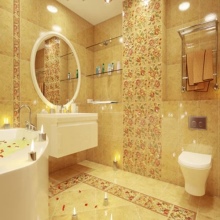
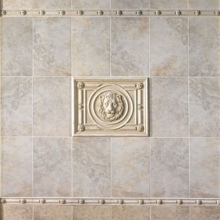
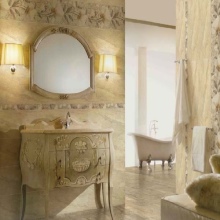
Bathroom tile design options were discussed in detail in another article.
The most famous brands
Tiles in Spain are made by different manufacturers, between which there is fierce competition. However, our consumer does not suffer from this, because the competition promotes the improvement of production technology and quality.
Consider the most famous Spanish manufacturers, who have gained popularity worldwide.
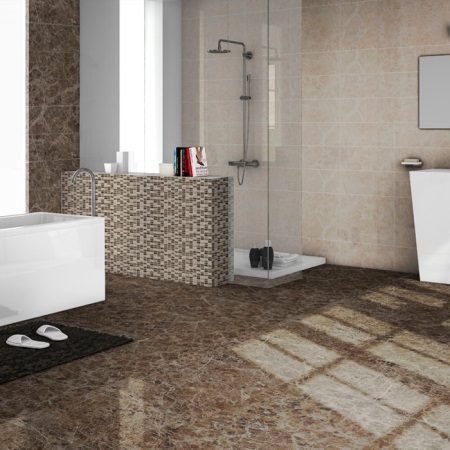
Absolut Keramika Cobsa
This brand produces ceramic tiles with a classic European style. Most of them are medium in size, and their design recalls the sophistication of the Victorian era with a slight hint of country. These tiles add coziness and aesthetic appeal to the bathroom.
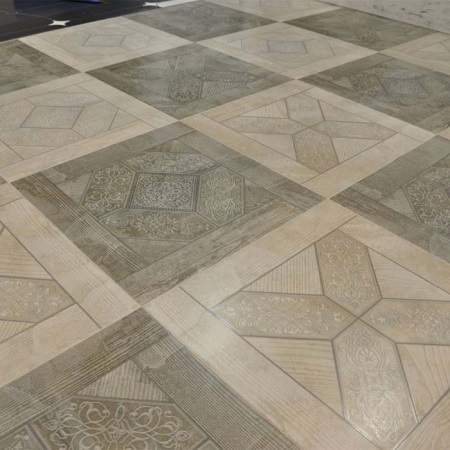
Aparici
The manufacturer is ready to offer more than two thousand different types of tiles, which can satisfy any taste. The brand is good because it allows you to choose a tile that is completely different in style and design. At the same time, Aparici uses only natural materials in the manufacturing process, creating a highly environmentally friendly product.
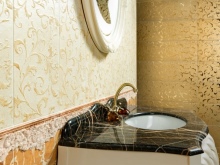

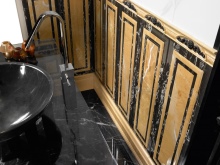

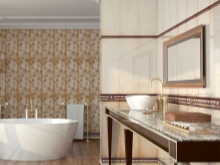
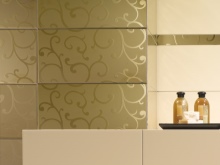
APE Ceramica
This brand is well known to fans of luxury tile. The collections offered are based on noble features with added aristocratic notes.
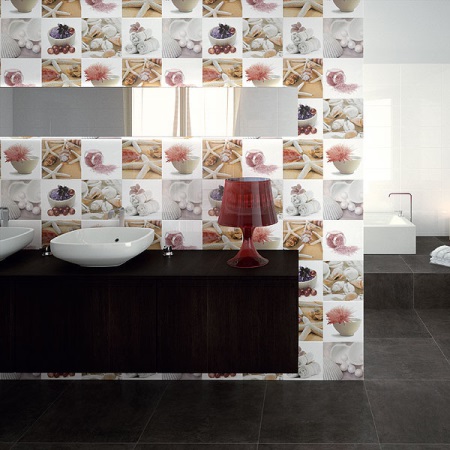
Aranda
The brand has long gained worldwide fame. Including in our country. Aranda is constantly expanding its range of collections, delighting consumers with a variety of tile styles.
The main "zest" of the manufacturer is that in the process of manufacturing of tiles the most modern technologies are involved, which are constantly being improved.
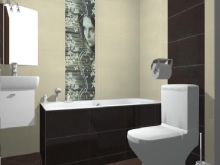
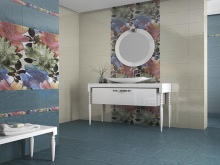
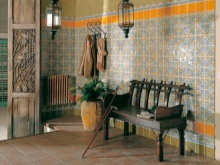
Azahar
This manufacturer entered the global market not so long ago, but has already gained momentum and was able to interest the consumer. Like Aranda, the company Azahar constantly introduces innovative technology into the manufacturing process, achieving a high quality of ceramic tiles. And the manufacturer has won popularity because the edges of the tiles have a unique finish and smoothness, due to which it becomes much easier to lay it, and the final coating looks much better.
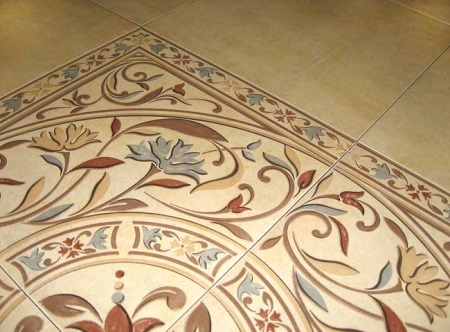
Grespania
In fact, this brand dictates the fashion trends in the ceramic tile industry. Consumers respect and love Grespania for its unique, unique design, which is not inherent in every manufacturer.
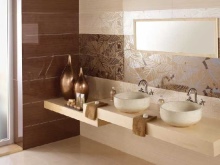
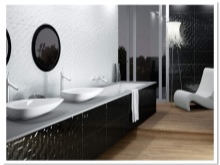
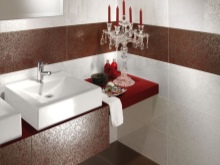
Venis
It's not always desirable to lay in the room tiles of standard sizes. Besides, if the area of the bathroom allows choosing a tile of non-standard size. Venis will help to turn this desire into reality, because this manufacturer takes into account all the consumers' requirements and produces tiles of non-standard sizes. In this case, the design of finished products always strikes with its uniqueness.
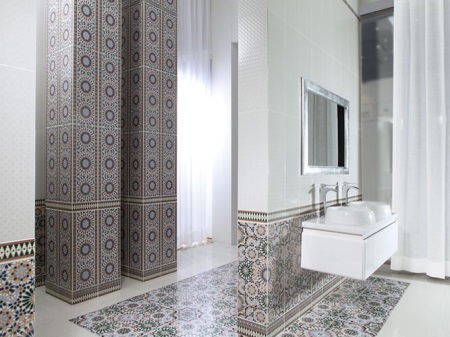
Design
Design ideas of Spanish manufacturers meet the most sophisticated tastes, combining the aesthetics and aristocratism. Thanks to constantly evolving ideas, it has become possible to create paintings and panels out of the tiles.
But the Spanish flavor can still be traced in many collections. This gives the tiles a certain "zest" that other manufacturers may not have. This manifests itself in the use of bright and juicy colors, as well as festive decorations. Green, purple, and pink tones are popular, but various manufacturers are also returning to the classics - sand and beige shades.
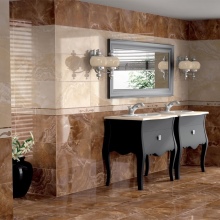
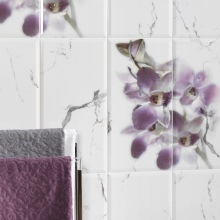
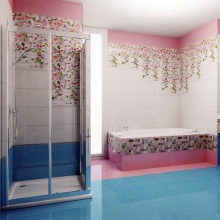
In the collections of many well-known brands there are patterns on the theme of vegetation, but a lot of love is enjoyed by monograms and rosettes. More and more often, manufacturers began to make glass inclusions or imitate relief textures.
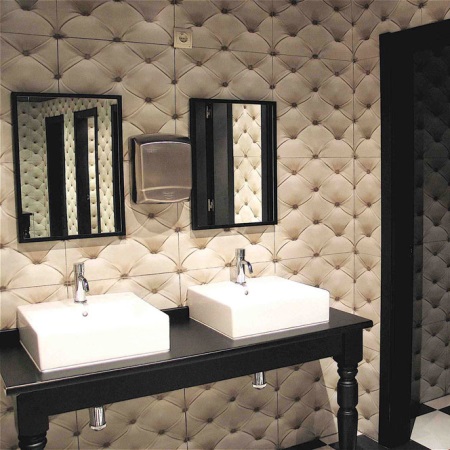
Choosing
It would seem that it is not so hard to choose a tile, but in fact it turns out that we are faced with a number of different difficulties.
When choosing, use the following rules:
- Decide on the size of the tiles. The standard size of manufactured products from 15 cm and more. But this applies to square tiles. Perhaps you will like its non-standard variant in the form of a rectangle. In the bathroom, Spanish tiles with a length of 50 cm and a width of 20 cm look quite original and fresh. In general, when choosing a size, you should take into account one serious factor: the bigger the tiles, the faster it is laid. However, there is one nuance: at the joints of the tile, most likely, you will have to cut.
- Choose the type of tile.
- Think about what material to prefer.
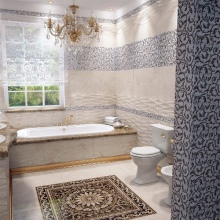
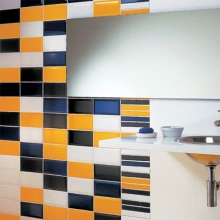
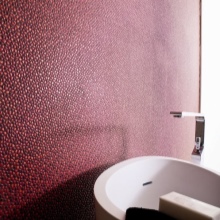
The choice has its own nuances, because the tile comes in two varieties:
- With a glazed (enamel) coating: such tiles come in a rich array of colors and styles, and they come in both glossy and matte;
- Uncoated: this tile has a matte surface. This type of ceramics is often very porous and this feature must be taken into account when buying and installing.
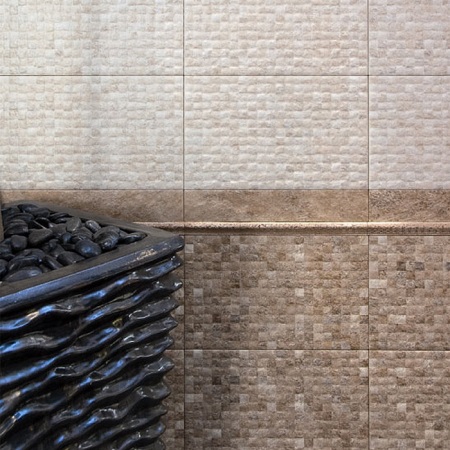
Spanish tile manufacturers provide a rich assortment of materials, which among themselves have visible differences:
- Majolica - is a tile with a glazed coating, the colored base of which has a porous surface. Most often, majolica tiles are laid on walls.
- Faience - This tile also has a porous base, but only it has a white color, but the glaze covering the surface can be different colors.
- Cotto - This unglazed tile is laid mainly on the floor at the expense of high resistance to external influences. Its base is also porous.
- Clinker - also laid more often on the floor, but in contrast to cotto, this tile can also be unglazed.
- Porcelain stoneware - Another representative of tiles for flooring, and sometimes wall coverings. In its manufacture, a special kind of clay is used, due to which porcelain tiles have increased hardness and durability.
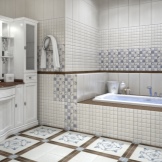
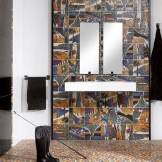
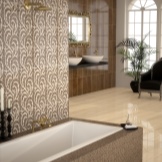
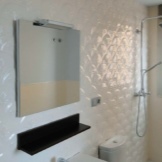
Features
So, why is it best to use tiles from Spanish manufacturers for the bathroom? And the thing is that for the manufacture of tiles is used local raw materials. And it so happens that it is in the local clay deposits the lowest content of various organic impurities, which is why the Spanish ceramics and has such a high quality.
But it also has other distinctive features:
- Increased resistance to environmental influences, and these include both mechanical and chemical influences;
- hardness and resistance to chipping and cracking;
- Impervious to temperature changes, and it is a very big plus when using Spanish tiles in the bathroom.
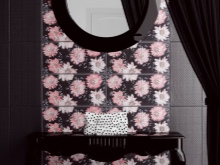
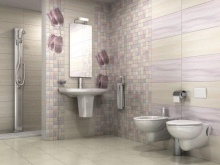
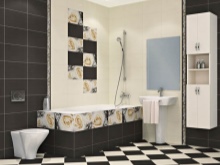
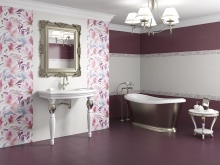
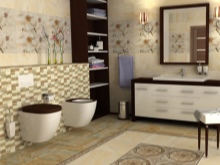

Spanish tiles are not easy to crack, and even harder to break the enamel layer due to abrasion. In addition, due to the low content of organics in raw materials, the risk of fungus development on it is reduced to almost zero.

Price
It is difficult to name the price unambiguously, because the manufacturers focus on the needs of different segments of the population. It is clear that elite tiles, manufactured practically in pieces, will cost considerably more than conveyor tiles.
If you compare it with Russian or Polish producers, then Spanish tiles will be significantly more expensive, but again, you have to take into account that their quality is much higher.
Some are confused by how can tiles manufactured using the latest technology and environmentally friendly materials do not cost very much? But this is a trick of Spanish brands, which practically do not invest in advertising, because they already know that tiles in their country have the best quality.
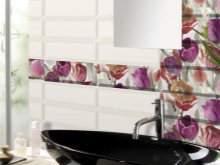
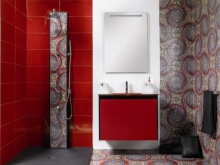
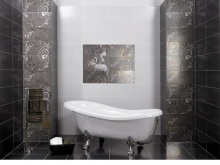
History
Spanish ceramics has long historical roots. Initially, the use of tiles for decoration was witnessed in ancient Persia, and only then the secret of producing ceramics was adopted by the Spanish artisans.
The very first material used for finishing was glazed brick. But it was considered quite an expensive treat, so only the well-to-do or church people decorated their homes with it.
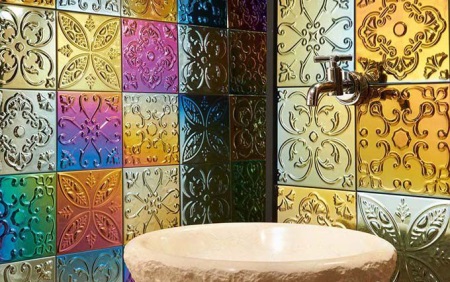
In the Middle Ages, only monks, who lived in secluded monasteries far from the cities, were able to make pottery. The secret of production was carefully guarded, and the monks passed it down from generation to generation without using any records. It was believed that the secret could be stolen, so the masters kept all valuable information in their heads.
The modern quality is based on the tradition laid down in the Middle Ages, due to which the tiles made in Spain is considered one of the best in the world. Even the phrase "Spanish tiles" is associated with elite coverage. And it is not only about its quality, but also about the design, which will satisfy any exquisite taste.
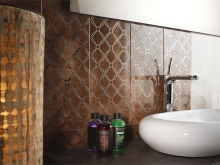
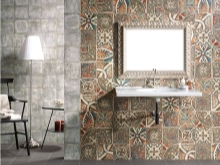
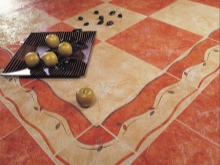





Spanish collections are still the most original and beautiful.